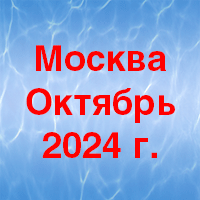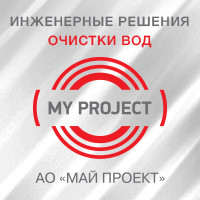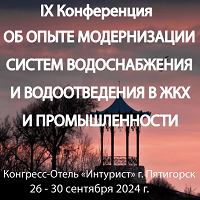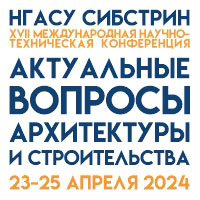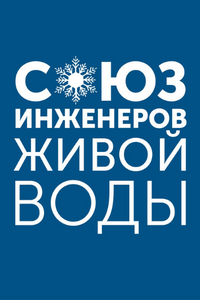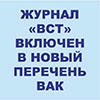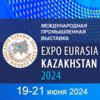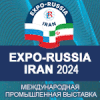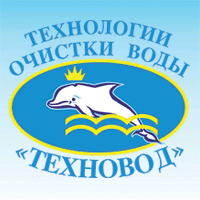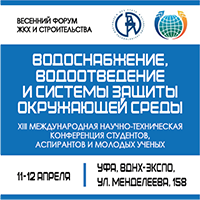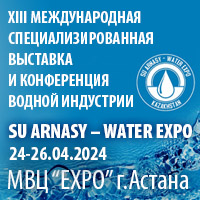№12|2013
DRINKING WATER SUPPLY
bbk 000000
UDC628.1.033:543.926
Enhancement of the technical approach to defining water odor
Summary
The results of investigating the selection and evaluation of odor simulators to be used in «Mosvodokanal» OJSC laboratory practice of water odor determining by organoleptic method are presented. Demineralized water that did not pass activated carbon treatment was chosen as «odorless water». Odor simulators were selected from the results of literature review and on the basis of GOST R ISO 5496-2005 recommendations. The following substances were used: sodium hypochlorite (chlorine flavor), fish oil (fishy odor), AI gasoline (oil product odor), sodium sulfide (hydrosulfuric odor), 2-ehtyl fenehyl alcohol (earthy smell), scatol (manure odor). For the chosen simulators the concentrations of the stock solutions corresponding to 2–3 points odor strength at 20 and 60 °С were experimentally selected. Satisfactory results of the dilution method used in the international analytical practice were received. Dilution ratio and threshold strength of the chosen simulators were determined. The use of simulators for organoleptic analysis provides for getting comparable results and defining odor tonality in actual water samples to a high precision. Dilution method allows determining odor stability as well as masked and transformable odors of drinking water. Possible use of odor simulators both in direct and dilution methods during personnel training as well as in the process of testing organoleptic capabilities of individual researchers was proved. Organoleptic analysis is a topical, widely-spread and available method of odor determination. Further development of this trend is an important aspect of laboratory activities related to improving the validity of the test results.
Key words
water odor , organoleptic analysis , odor simulator , dilution method , odor transformation
The further text is accessible on a paid subscription.
For authorisation enter the login/password.
Or subscribe
REFERENCES
- [GOST R ISO 5496-2005. Organoleptic analysis. Technique. Training researchers in odor detection and definition]. (In Russian).
- [GOST R 53701-2009. Guidelines for application of GOST R ISO/MEK 17025 in laboratories using organoleptic analysis]. (In Russian).
- ASTM D1292-10. Standard Test Method for Odor in Water.
- [PND F 12.16.1-10. (Environmental federal regulatory documents) Determination of temperature, color, odor and transparency in wastewater including effluents, storm water and thaw water]. (In Russian).
- [GOST 3351-74. Drinking water. Methods for determination of odour, taste, colour and turbidity]. (In Russian).


